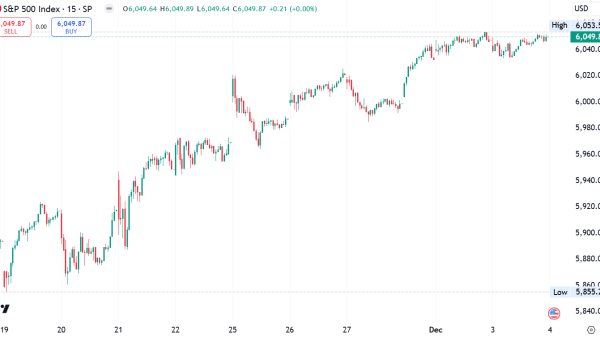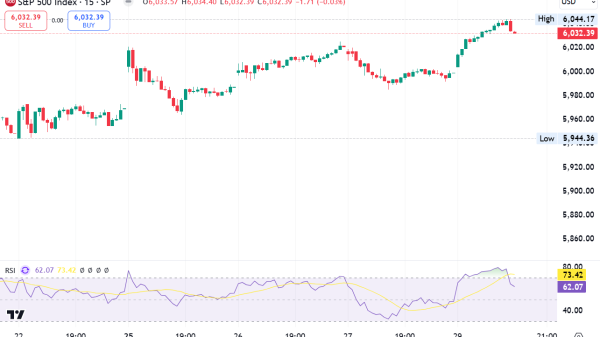How to Identify Market Structure Shift?
A market structure shift (MSS) occurs when the price movement pattern in a market changes direction. This could mean a trend moving from rising to falling prices or vice versa. Understanding this shift helps traders to enter and exit the market at the right time.
What is Market Structure Shift?
The market structure shift (MSS) is a central element of the ICT trading methodology. It focuses on chart analysis and smart money concepts. MSS is a technical pattern indicating a possible trend reversal in the market.
Typically, MSS appears as a sharp move above or below a previous structural level, signalling a price reversal. Understanding displacement within the market’s structure is crucial to fully grasp MSS.
Displacement involves rapid movements typically caused by significant market players. This concept is vital as it highlights trading opportunities and helps traders determine their market bias. However, identifying MSS without clear displacement is a frequent error among traders.
What is the Difference Between Market Structure Shift vs Liquidity Grab?
A market structure shift represents a genuine change in market direction, often due to underlying economic changes or significant trader sentiment shifts. A liquidity grab, however, occurs when the price briefly spikes to trigger stop-loss orders before returning to its previous trend. This can mislead traders about the market’s direction.
How to Use Market Structure Shifts to Find Trade Opportunities
Traders look for signs of market structure shifts to decide when to enter or exit trades. By identifying these shifts, traders can position themselves to buy at the start of an upward trend or sell at the beginning of a downward trend. This timing is crucial for maximizing potential gains.
Identify Market Structure Shifts Using ICT Concepts and Tools
Implementing tools like Order Blocks, Fair Value Gaps, and the Relative Strength Index (RSI) can significantly enhance your ability to identify and trade market structure shifts.
Order Blocks
Order blocks are essentially price levels or zones where significant trading activities have occurred, usually marked by the initiation of large positions by institutional traders. These blocks can be bullish or bearish and are often used to identify potential reversal points or continuation zones.
Fair Value Gaps (FVG)
Fair Value Gaps, also known as “gaps in price,” occur when the price skips over a range without any trades happening. These gaps are expected to be filled eventually as the price returns to these levels to ensure all orders are executed.
The Relative Strength Index (RSI)
The RSI is a momentum oscillator that measures the speed and change of price movements on a scale from 0 to 100. It is particularly useful for identifying overbought or oversold conditions, which can precede a reversal in the market structure.
To maximize effectiveness, combine these tools for a more comprehensive trading strategy:
Use order blocks to identify key zones of interest where price might react.
Monitor these zones for fair value gaps that may indicate unfinished business in the market.
Apply the RSI to assess the momentum and likelihood of a reversal when price approaches these key zones.
How to Identify and Trade Market Structure Shifts
Trading market structure shifts effectively requires a keen understanding of trend dynamics and pattern recognition. Here’s how to approach these shifts, particularly in the forex market:
Identifying Market Structure in Forex Trading
In forex trading, a market structure shift indicates a potential change in price direction, which can create valuable trading opportunities. Here’s how to spot and trade these shifts:
Recognize the Trend
Uptrend: An uptrend is characterized by a series of higher highs and higher lows. In forex, this might be visible in a currency pair like EUR/USD where, over a period, each peak and trough surpasses the previous ones.
Downtrend: Conversely, a downtrend features lower lows and lower highs. For example, in the USD/JPY pair, you might notice each successive peak and trough dropping lower than the last.
Confirm the Market Structure Shift
A shift occurs when the established pattern of highs and lows changes:
In an Uptrend: Watch for a sudden lower low, where the price drops below the previous low point. This suggests a reversal to a downtrend. For instance, if EUR/USD suddenly drops below its established low after consistently making higher lows, it may signal a bearish shift.
In a Downtrend: Look for a higher high, where the price exceeds the previous high point, signaling a potential reversal to an uptrend. In the USD/JPY example, if the price breaks above a previous high after forming consistent lower highs, it indicates bullish momentum.
Plan Your Trade Entry
Entry Point: After confirming a structure shift, plan your entry for when the price moves past the point that confirmed the shift. In the EUR/USD downtrend shift example, enter a short position after the price drops below the new lower low.
Stop Loss: Set a stop loss just above the most recent high in a downtrend or below the most recent low in an uptrend to minimize potential losses if the market reverses again.
Take Profit: Determine a realistic take profit level based on key support and resistance levels past the entry point.
Market Structure Trading – Forex Example
Let’s consider the GBP/USD pair. Suppose it has been in an uptrend, consistently posting higher highs and higher lows. You notice that the price fails to make a new high and instead falls below the previous low. This is a clear sign of a potential downtrend beginning.
Entry Point: You might decide to enter a short position once the price clearly falls below the previous low.
Stop Loss: Place the stop loss above the most recent high before the shift.
Take Profit: Look at historical support levels to set a profit target where the downtrend might pause or reverse.
Bottom Line
Market structure shifts are crucial for traders looking to adapt to changing market conditions. Recognizing these shifts can significantly enhance trading strategies by aligning them with the market’s actual movements rather than getting caught in false trends.
The post How to Identify Market Structure Shift? appeared first on FinanceBrokerage.



























